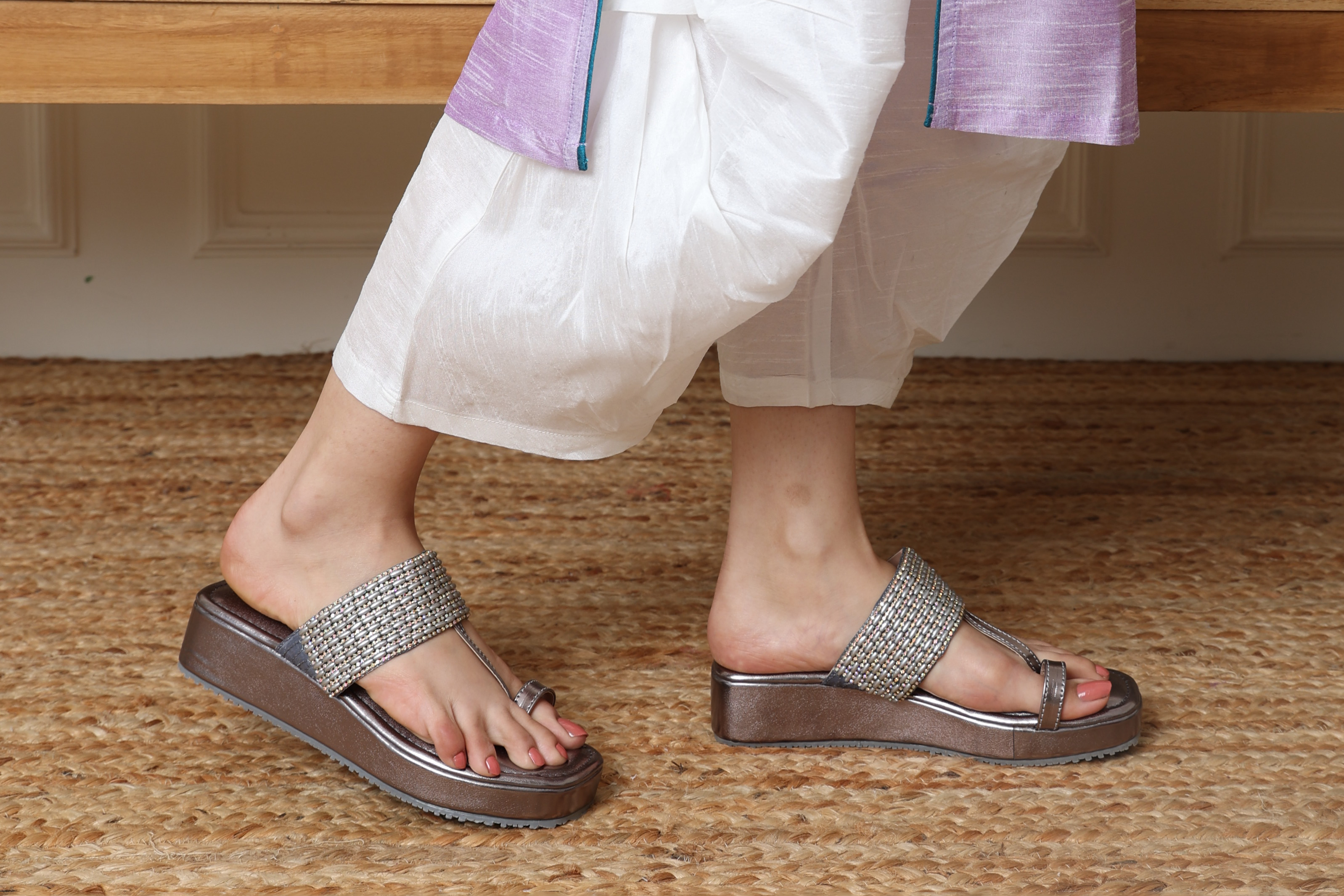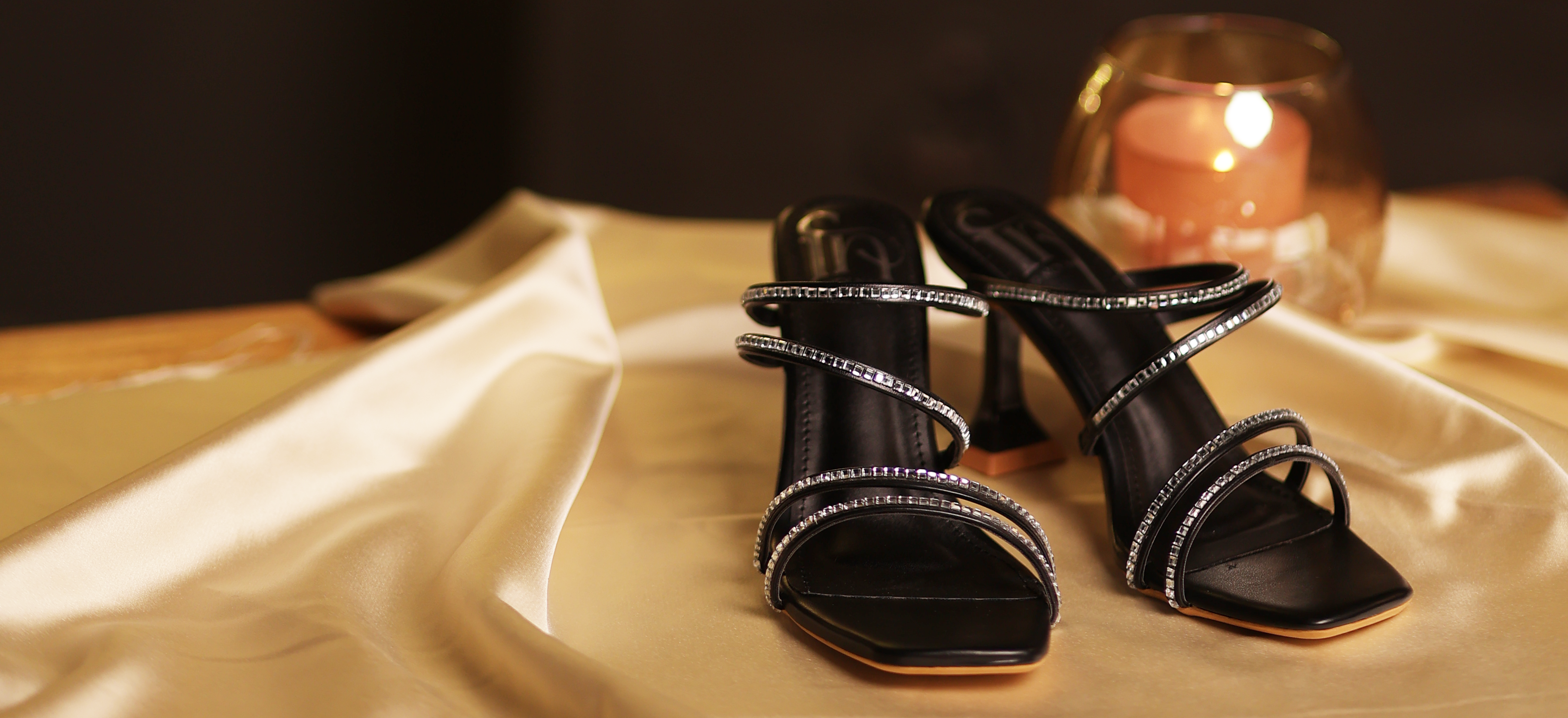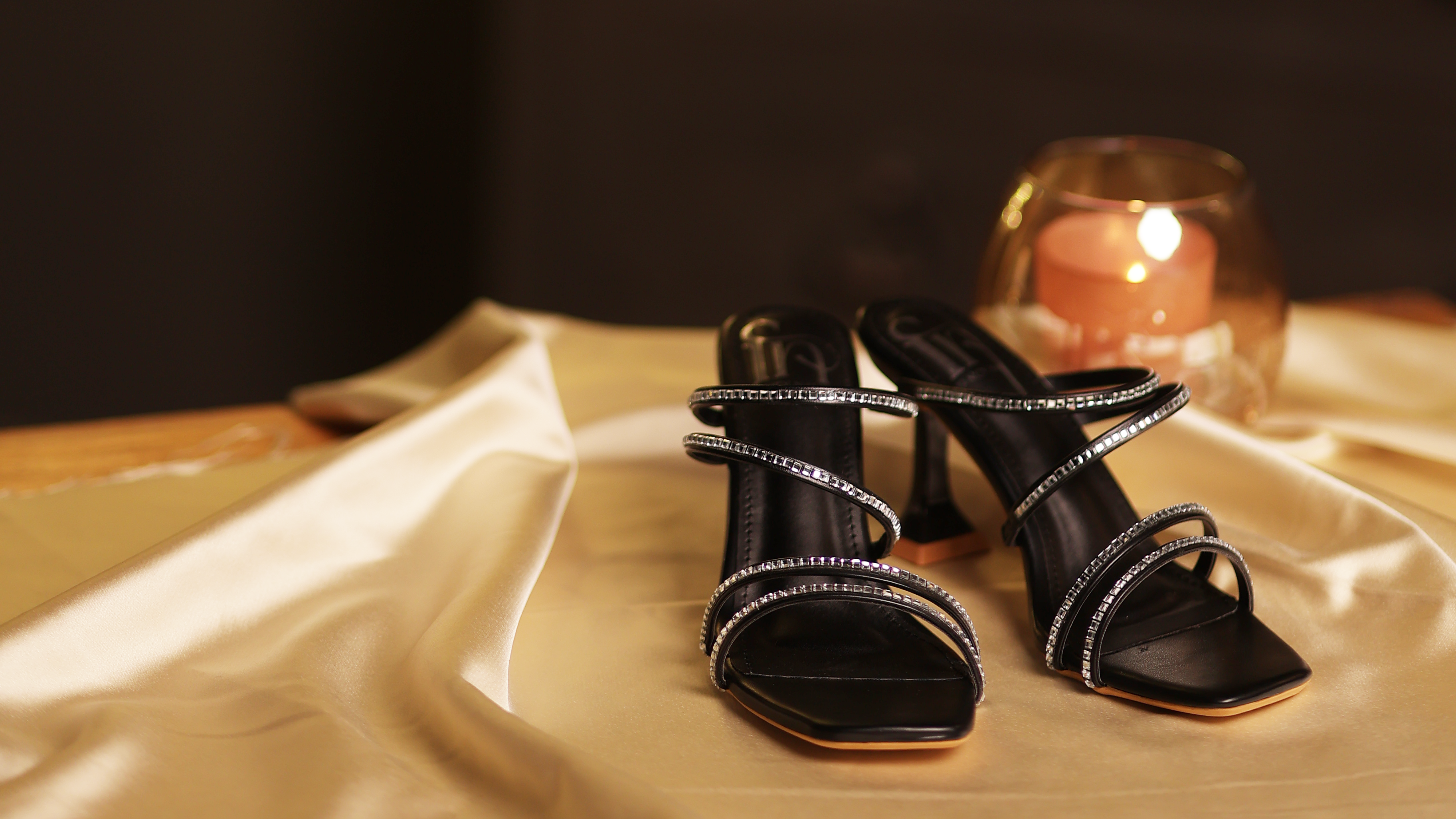Footwear in India is a fascinating subject that weaves together tradition, culture, craftsmanship, and contemporary fashion trends. From the ancient leather sandals of Kolhapur to the vibrant juttis of Punjab, and from the everyday chappals to the latest sneaker trends, Indian footwear reflects the country's diversity and evolving style. Let’s explore the rich tapestry of Indian footwear, its historical roots, cultural significance, and modern trends.
Historical Roots and Cultural Significance
India's footwear history dates back thousands of years. The ancient scriptures and epics, such as the Ramayana and Mahabharata, often mention footwear, indicating its significance even in ancient times. Historically, Indian footwear was handcrafted, with each region developing its unique styles and techniques.
1. Kolhapuri Chappals: Originating from Maharashtra, these leather sandals are renowned for their durability and intricate designs. Initially popular among warriors and nobles, Kolhapuris have become a symbol of Indian craftsmanship.
2. Juttis and Mojaris: These traditional shoes, often embroidered with gold and silver threads, originated in Punjab and Rajasthan. They were worn by royalty and are still popular today, especially during festivals and weddings.
3. Padukas: The oldest known footwear in India, padukas are wooden sandals with a toe knob. They hold religious significance and are often associated with sages and saints.
4. Peshawari Chappals: Hailing from the north-western regions, these sandals are known for their robust construction and are popular among men.
Modern Trends and Adaptations
While traditional footwear remains popular, the Indian footwear industry has seen a significant transformation with the advent of modern styles and materials. Today, the market is flooded with a variety of options, catering to different needs and preferences:
1. Sneakers: With the rise of athleisure, sneakers have become a staple in Indian wardrobes. Brands like Nike, Adidas, and Puma, along with homegrown brands, offer stylish and comfortable options.
2. Ballerinas and Flats: These versatile shoes are popular among women for their comfort and style. They are suitable for both casual outings and formal occasions.
3. Heels and Wedges: For those looking to add a bit of height, heels and wedges are a popular choice. Indian designers have infused traditional elements into these modern styles, creating a fusion of elegance and tradition.
4. Eco-Friendly Footwear: With growing environmental awareness, there is a rising demand for sustainable footwear made from eco-friendly materials like jute, organic cotton, and recycled rubber.
Choosing the Right Footwear
Selecting the right footwear involves considering various factors such as comfort, occasion, and personal style. Here are some tips to help you choose the perfect pair:
1. Comfort First: Always prioritize comfort. Look for shoes with good arch support, cushioning, and a proper fit. Uncomfortable shoes can lead to foot problems and ruin your day.
2. Consider the Occasion: Different occasions call for different footwear. Choose formal shoes for office wear, casual shoes for outings, and specialized shoes like running shoes for sports activities.
3. Material Matters: In India’s varied climate, the material of the footwear is crucial. Opt for breathable materials like leather and canvas for hot and humid weather, and insulated, waterproof materials for colder regions.
4. Style and Personality: Your footwear should reflect your personal style. Whether you prefer traditional designs, modern trends, or a mix of both, choose footwear that makes you feel confident and stylish.
The Future of Indian Footwear
The future of Indian footwear looks promising, with a growing emphasis on sustainability, innovation, and fusion designs. Traditional artisans are collaborating with contemporary designers to create footwear that appeals to both local and global markets. Additionally, the rise of e-commerce has made it easier for consumers to access a wide variety of footwear from the comfort of their homes.
Conclusion
Footwear in India is more than just a functional item; it is a reflection of the country’s rich heritage, diverse culture, and evolving fashion trends. From traditional Kolhapuris and juttis to modern sneakers and eco-friendly shoes, Indian footwear offers something for everyone. As the industry continues to innovate and adapt, one thing remains constant: the enduring craftsmanship and cultural significance that make Indian footwear truly unique.
Historical Roots and Cultural Significance
India's footwear history dates back thousands of years. The ancient scriptures and epics, such as the Ramayana and Mahabharata, often mention footwear, indicating its significance even in ancient times. Historically, Indian footwear was handcrafted, with each region developing its unique styles and techniques.
1. Kolhapuri Chappals: Originating from Maharashtra, these leather sandals are renowned for their durability and intricate designs. Initially popular among warriors and nobles, Kolhapuris have become a symbol of Indian craftsmanship.
2. Juttis and Mojaris: These traditional shoes, often embroidered with gold and silver threads, originated in Punjab and Rajasthan. They were worn by royalty and are still popular today, especially during festivals and weddings.
3. Padukas: The oldest known footwear in India, padukas are wooden sandals with a toe knob. They hold religious significance and are often associated with sages and saints.
4. Peshawari Chappals: Hailing from the north-western regions, these sandals are known for their robust construction and are popular among men.
Modern Trends and Adaptations
While traditional footwear remains popular, the Indian footwear industry has seen a significant transformation with the advent of modern styles and materials. Today, the market is flooded with a variety of options, catering to different needs and preferences:
1. Sneakers: With the rise of athleisure, sneakers have become a staple in Indian wardrobes. Brands like Nike, Adidas, and Puma, along with homegrown brands, offer stylish and comfortable options.
2. Ballerinas and Flats: These versatile shoes are popular among women for their comfort and style. They are suitable for both casual outings and formal occasions.
3. Heels and Wedges: For those looking to add a bit of height, heels and wedges are a popular choice. Indian designers have infused traditional elements into these modern styles, creating a fusion of elegance and tradition.
4. Eco-Friendly Footwear: With growing environmental awareness, there is a rising demand for sustainable footwear made from eco-friendly materials like jute, organic cotton, and recycled rubber.
Choosing the Right Footwear
Selecting the right footwear involves considering various factors such as comfort, occasion, and personal style. Here are some tips to help you choose the perfect pair:
1. Comfort First: Always prioritize comfort. Look for shoes with good arch support, cushioning, and a proper fit. Uncomfortable shoes can lead to foot problems and ruin your day.
2. Consider the Occasion: Different occasions call for different footwear. Choose formal shoes for office wear, casual shoes for outings, and specialized shoes like running shoes for sports activities.
3. Material Matters: In India’s varied climate, the material of the footwear is crucial. Opt for breathable materials like leather and canvas for hot and humid weather, and insulated, waterproof materials for colder regions.
4. Style and Personality: Your footwear should reflect your personal style. Whether you prefer traditional designs, modern trends, or a mix of both, choose footwear that makes you feel confident and stylish.
The Future of Indian Footwear
The future of Indian footwear looks promising, with a growing emphasis on sustainability, innovation, and fusion designs. Traditional artisans are collaborating with contemporary designers to create footwear that appeals to both local and global markets. Additionally, the rise of e-commerce has made it easier for consumers to access a wide variety of footwear from the comfort of their homes.
Conclusion
Footwear in India is more than just a functional item; it is a reflection of the country’s rich heritage, diverse culture, and evolving fashion trends. From traditional Kolhapuris and juttis to modern sneakers and eco-friendly shoes, Indian footwear offers something for everyone. As the industry continues to innovate and adapt, one thing remains constant: the enduring craftsmanship and cultural significance that make Indian footwear truly unique.





Leave a comment
This site is protected by hCaptcha and the hCaptcha Privacy Policy and Terms of Service apply.